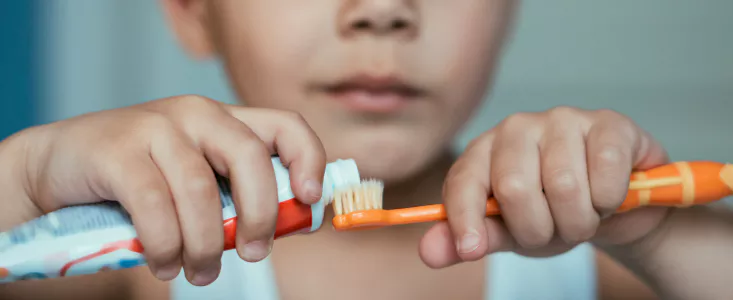When your little one is fussy, one of the first things you may reach for is a pacifier. They can be miracle workers that help soothe and calm a fussy baby. Of course, they’re not a substitute for feeding and cuddling your little one, but pacifiers can satisfy a well-fed but cranky baby.
Have you ever wondered, though, if giving your baby a pacifier is good for them? Studies show that pacifiers can help lower the risk of sudden infant death syndrome (SIDS). In fact, the American Academy of Pediatrics (AAP) suggests letting babies fall asleep or nap with a pacifier for their first year. Not only does it satisfy the suck reflex, but it also helps when it’s time to wean your baby.
Choosing the best pacifier for your baby can be overwhelming because there are so many different kinds on the market these days. If you know what factors to look for in a pacifier and understand the differences between them, you can be confident that your little one is being soothed safely.
Kinds of Pacifiers
While pacifiers come in many different materials, colors, and styles, they can be divided into main categories – conventional pacifiers and orthodontic pacifiers. The major difference between the two is how the nipple is shaped.
Orthodontic Pacifiers:
- Nipples are somewhat square and have a flat bottom
- Their design more closely imitates the shape of the nipple on a mother’s breast
- Allow for a baby’s “tongue thrust” – the motion naturally made when they suck milk
Conventional Pacifiers:
- Nipples are round-shaped, almost like a small ball
Conventional vs Orthodontic Pacifiers
Either pacifier will help soothe your little one, but the kind you choose may have an impact on the development of their bite. The International Journal of Pediatric Dentistry found that both orthodontic and conventional pacifiers may cause an increased chance of misaligned teeth, also known as malocclusion.
Of the two options, orthodontic pacifiers are less likely to create bite issues, so keep this in mind if you’re concerned about your baby’s oral health. Studies have shown that orthodontic pacifiers don’t cause “open bites” (when the upper and lower front teeth don’t come together when the mouth is closed) compared with conventional pacifiers which can also cause “overjet” (also known as buck teeth).
How to Choose the Best Pacifier for Your Baby
When it comes to choosing the best pacifier, ask your family dentist or pediatrician what they recommend. Also consider the following characteristics when choosing a pacifier for your little one:
- Size – Select the size recommended for your baby’s age. To reduce the risk of choking, the AAP recommends that the size of the shield between the nipple and the ring should be at least 1.5 inches in diameter.
- Design – According to the AAP, avoid any pacifier that fastens to your little one’s hands or neck or ties onto their crib since these have the potential to endanger your child.
- Construction – Make sure it is all one piece with no moving parts or a liquid interior.
If you need help choosing the pacifier that is best for your child, or if you have any concerns about your baby’s oral health, give us a call today. We are happy to answer any of your questions and offer assistance and advice to help put your mind at ease.





